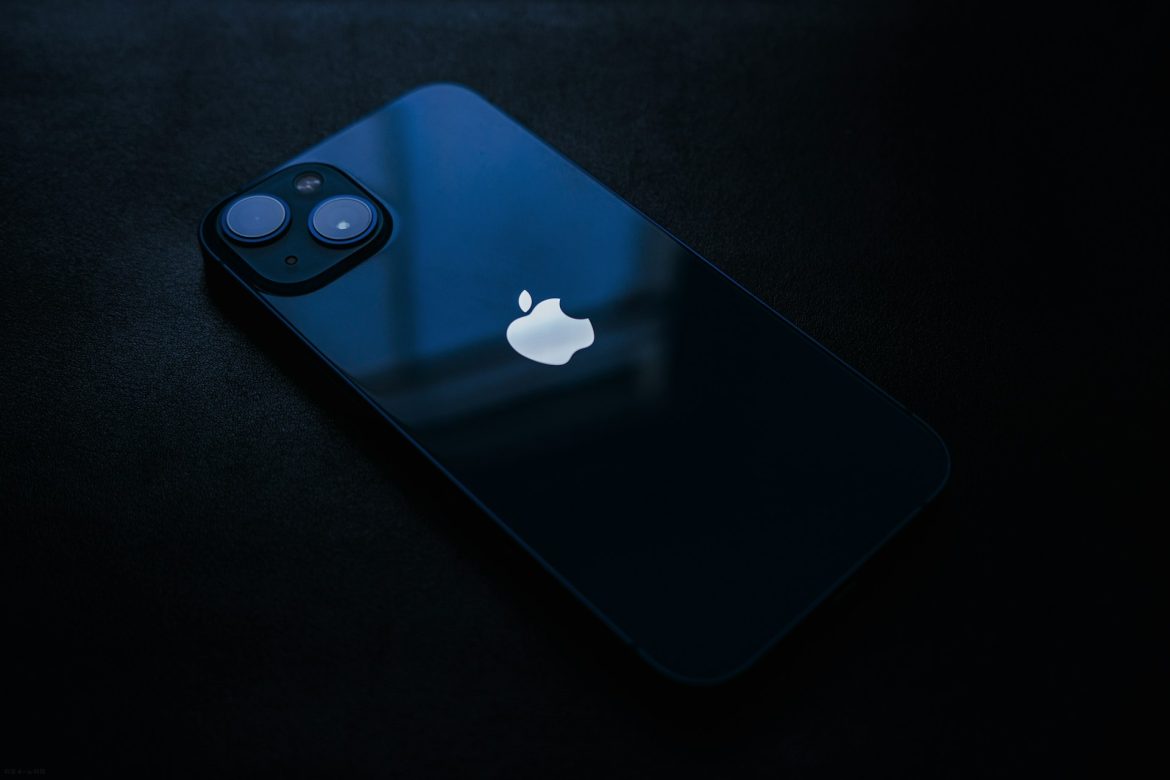When purchasing a new iPhone 13, you may wonder what comes in the package. Will there be a charger? Are headphones included? Here’s a comprehensive look at what you can expect to find—and not find—inside the box of your new iPhone 13, as well as the reasoning behind Apple’s decisions.
What’s in the iPhone 13 Box?
The retail packaging for the iPhone 13 is notably minimalistic, reflecting Apple’s ongoing efforts to streamline its products and reduce environmental impact. Here’s what you’ll receive with your purchase:
- The iPhone 13: Your new device is the centerpiece of the package.
- USB-C to Lightning Cable: This versatile cable is included for charging and data transfer.
- Documentation: A set of papers with essential information and quick-start guides.
- SIM Ejector Tool: A small tool to help you insert or remove your SIM card.
- Apple Sticker: A signature addition to Apple products for years.
What’s Missing from the iPhone 13 Box?
While Apple has included the basics, several items that were once standard are no longer part of the package:
- Power Adapter: A wall charger is not included. Apple assumes most users already own a compatible adapter.
- Headphones: Wired earbuds, previously bundled with iPhones, are absent.
- Lightning to Headphone Jack Adapter: This adapter for wired headphones isn’t part of the box.
- Protective Case: You’ll need to purchase a case separately to safeguard your device.
Why Doesn’t the iPhone 13 Come with a Charger?
Apple’s decision to exclude the power adapter is part of its broader environmental strategy. The company claims that by removing chargers from its packaging, it has significantly reduced its carbon footprint. Here’s how:
- Smaller Packaging: Without a charger, the iPhone 13 box is more compact. This allows Apple to ship more units in a single shipment, reducing the total number of shipments needed.
- Environmental Impact: Fewer shipments mean a smaller overall environmental footprint, as less fuel is used for transportation.
While these reasons are commendable, critics have pointed out that Apple also benefits financially from this decision. Selling chargers separately generates additional revenue, and smaller packaging reduces shipping costs.
The Pros and Cons of the iPhone 13
The iPhone 13 has garnered praise for several standout features, but it’s not without its shortcomings. Here’s a quick breakdown:
The Good
- Improved Battery Life: The iPhone 13 offers significantly better battery performance compared to its predecessor.
- Dynamic Photography: Captures vibrant and detailed photos even in challenging lighting conditions.
- Outdoor Display: The screen is bright, well-calibrated, and easy to view under sunlight.
- Cinematic Mode: A new video feature that adds a professional touch to recordings.
- Increased Storage: Offers double the storage of earlier models at the same price.
The Bad
- Refresh Rate: The display’s standard refresh rate lags behind competitors in this price range.
- Charging Speeds: Both wired and wireless charging are slower compared to other devices.
- Cinematic Mode Limitations: The feature struggles in low-light environments.
- Larger Notch: The tall notch takes up screen space, impacting some video formats.
- Value for Money: The base iPhone 13 offers less value compared to the Pro models.
What’s Next?
For those planning to purchase an iPhone 13, consider investing in a fast charger and a durable case. While Apple’s minimalist packaging aligns with its sustainability goals, it places the burden on users to source additional accessories. Whether you already own compatible chargers or need to buy them separately, it’s important to be prepared for what’s—and what isn’t—inside the box.
By focusing on eco-friendly practices and delivering a device with robust features, Apple continues to reshape industry standards while sparking debates about convenience and cost



